The guys at Gristmill Studios are hard at work getting ready for the release of their upcoming XBLIG title XenoMiner. Before the big day arrives, they’ve taken some time out of that schedule to talk to us about the game. It’s also a fascinating look into how indie studios can make it work despite a number of members with different opinions and different real-life priorities. I hope you find their insights as fascinating as I do.
Congratulations to you and your studio for making it into this year’s Indie Games Uprising. How does it feel to be included in the event, and how did the team react to the news?
Rod: Amazing! I think we’re still taking it in. This is our second year developing for the XBLIG channel. We’ve been growing our team, and stretching our talent to push as hard as we can on each new title. We raise the bar for ourselves every year. For Devilsong we played it safe and stuck with the standard flight/shooter approach to an engine, but with XenoMiner we quickly realized that wouldn’t work. There’s been a lot of open source voxel work out there, but most of it was abandonware, or just not ready for the Xbox experience. So we built it up almost entirely from scratch. There is still so much to do! We’re super stoked that all of the work is paying off though, and that being part of the Summer Uprising is giving us such good exposure. We can’t say enough about what Dave Voyles, Michael Hicks and the guys heading up the Uprising have done for us and the other developers on this platform.
Jesse: We’ve been hammering away at these different ideas and game concepts in obscurity for closing on two years now, and it’s great to finally get some people noticing what we’re up to.. and with that the chance that more people are going to invest their time in having these experiences we’ve been trying to build. I was surprised when we got into Indie Games Uprising 3: We tried with Devilsong last year and didn’t make it. When I found out we were getting in this year, I thought: Well, I guess we better make a logo for the studio and try to start blogging more!
XenoMiner is your game that was chosen for the event, but Gristmill has had some other titles also released or in various phases of development. Tell us a little about the history of your studio and some of these other titles.
Rod: We began as a small group of friends, talking about games and our ideas at lunch or over the water cooler at our day job. We quickly discovered in each other a not so secret passion for building games, but we were caught in the 9-5 world of software development and wanted to be storming the pixelated beaches of iOS, XNA and Steam with the rest of the indie crowd. Then, and I’m not even sure how it happened, we stepped off the ledge and started work on ZPOC. It is a zombie survival game mixed with sandbox world-building that we’ve gone in and out of development with, but we just haven’t been able to push to completion. Dream.Build.Play rolled along last year and we decided to take a break from zombies, insane survivors and client-server code and take a run at it. Never mind that we only had 30 days until the deadline. We built the game from concept to release in that time. That was an intense experience, and I think it’s had us all hooked ever since. From there we moved on to Etch, a game we entered into the Independent Games Festival contest. At the tail end of that project we returned to ZPOC, with the intent of reskinning it with a voxel engine. But by then Dream.Build.Play was looming once again. This time we gave ourselves 90 days instead of 30 and sprinted on our current title XenoMiner. We had already begun work on a voxel engine for ZPOC, but with 90 days there wasn’t enough time to build a voxel engine, a procedurally generated world, and get some type of zombie raiding/combat system with mob AI going, so we decided to experiment just with the world, the voxel engine, and more generalized survival. Setting that in a post-apocalyptic world didn’t seem quite right, but on a moon orbiting a gas giant? Perfect!
Jesse: Yeah, I was working on a scratchy, post-apocalypse diary interface when Doug got on Skype and said, “Oh hey, about that interface.. we’re kinda thinking of switching things up a little. Instead of post-apocalypse we’re wanting to move into space, and instead of zombies.. well there aren’t going to be any zombies in space.”
There seems to be a wide variety of genres amongst that list. A lot of studios tend to stick to what they know or do best, but Gristmill seems to want to try its hand at just about everything. Why is that?
Rod: Part philosophy and part strategy. Philosophically we just don’t want to let off the gas, or let ourselves pigeon hole into one genre. There’s a comfort trap there that’s not healthy for developers of any stripe in this fast moving environment, so we want to stay sharp and challenge ourselves on every front. Strategically, it’s allowing us to create small pilot titles to release on different platforms to see what sort of mileage we get, and how much we enjoy working in that particular genre or platform.
Etch is an ideal “touch” experience, for example, but the iOS App store is so crowded right now that we decided to build some buzz for our studio before releasing it. XenoMiner has struck a chord in all of us. Not only are block builders fun to play and popular right now, but we believe we’ve been able to put a new spin on an otherwise crowded niche.
Our only regret is that 90 days is not nearly enough time to put in all of the cool features we’ve drawn on our whiteboard! We’re thinking of this game as a type of Kickstarter project: We just want to throw an introductory idea out to the community and see if they like it as much as we do. If the response we get is strong enough, you can be sure to see some of the features left on our whiteboard become reality!
What’s the development environment like for Gristmill? Do you all crowd into one office like sardines? Are some of you working remotely? And what are some of the benefits or challenges that you encounter in your day-to-day activities?
Rod: Our work environment is probably familiar to most Indies. All of us have our day jobs, then gather at one of our devs’ apartments to jam. We’re a group of hobbyists trying to go pro, but without an office or a budget. We usually have 4 guys plugged in around the kitchen table, another guy in the sun room, then someone on the couch cranking out art ideas or writing up text descriptions and dialog. Then there’s the disembodied voice of Jesse emanating from a notebook sitting on the kitchen counter.
Jesse: At the moment I’m the only one outside of Wisconsin, and I Skype or Google Hangout in from Missouri.
Rod: The primary challenge, in my opinion, hasn’t been location though. We struggle with the fact that we’re all gathering after our day jobs and dealing with the reduced energy and time that this implies. We manage to do this once a week, then some of us work from our homes on off nights.
We’ve talked with 1-person studios where producing artwork or music is the most strenuous aspect of the process. Other studios talk about how promoting/marketing their work is the most difficult task. What’s the toughest part about developing games for you guys?
Rod: There are really two issues there. Producing the game, then trying to get that game to market. We are heavily time and budget constrained, so our features list is always compressed into something that we believe we can handle. This is certainly not unique, even to AAA studios, so I guess we can join the chorus there! Getting the game to market is tough though. The XBLIG store and iOS app store, as well as Desura and Steam, are making content delivery quite easy. Getting our titles in front of customers has been a huge challenge. We’ve been doing pretty well with a $0 marketing budget, like getting covered by you guys at The Indie Mine, and that’s exciting!
Jesse: Our promotions and marketing are really aided by the fact that we have a well rounded team. John, Matt and I make art and interface designs for the game, but between us we also have backgrounds in web development, social media marketing, user experience and video production. Being able to produce graphics, websites and videos in-house really helps us out.
As much as I enjoy getting a peek inside the development process, we’d be wasting a perfect opportunity if we didn’t talk about your latest game, XenoMiner. Can you tell our readers all about the game?
Rod: Please check out the game description at http://www.gristmillstudios.com/xenominer
Keep in mind, that’s the game as it exists now. As I’ve mentioned before, a lot of features needed to be cut to make the Dream.Build.Play deadline. We managed to get a few new things in before the Uprising deadline, but there is a xeno-ton to do yet. We’ve put a lot of work into the engine and really need to get more content in to show off what it’s capable of. So be on the lookout for content and feature updates after September 19!
How do you decide which features make it in and which get axed? I have to imagine in a group with varying opinions that that process can be even more difficult.
Rod: Sometimes that’s true. Generally though, someone is the champion of the running project and the final call falls to them. We’ve changed that role a few times, and each time the current champion has been pretty flexible. They are the gate keeper of the vision though. So the approach has been to pitch an idea and get the entire team excited about it. That means the leader needs to have a clear vision to start, and once the team has bought in we’re easier to keep on target since the vision is king.
Add to this that XenoMiner is a large project and there are a lot of pieces to work on. That allows each of us to add our personality to the code or subsystem that helps expand on the theme. We’ve come up with a lot of cool additions that way that enhanced the theme, rather than fighting over pet ideas. We rarely get into arguments over features, and I’m proud of our team for that. A creative bunch generally has more strife, but we’ve been professional enough to avoid that.
Is there something specific you can mention that isn’t going to make the initial release that you really wish had made it in?
Rod: One?!? Hostile aliens, meteors, trams, turrets and other defensive structures. The thing is, we’ve just had to be practical about this. Our intent has always been to do incremental releases, we just don’t have the time to do it all in one pass. A few years ago I may have tried…
Are there any desires from the staff to make this a full-time gig?
Rod: Hell yes! Bootstrapping is rough though. We’ve gone well past the point of treating this studio as a hobby. The issue is building up a viable portfolio to continue to scale up and earn increasingly more revenue. At this point, we’re aiming for any revenue! We’ve stuck with it this long though, and we keep getting better, so we’re confident that persistence will eventually pay off.
What advice would you give to small groups of indie developers just getting started?
Jesse: I think the most important advice is to be consistent with your time. It’s hard to be an indie developer because you have to work all week at your job or career, and often the last thing you want to do when you get home is do more work. Being a game developer isn’t about how skilled you are, it’s simply about participating in the act of development. At Gristmill, we have Tuesday nights set aside for game development. That ensures that once a week you make progress on something, and it also clears your head of “I really need to work on the game” the rest of the week. When you don’t have a set development time, projects start getting stuck or abandoned.
Well I’m sure a lot of the press and consumers out there are going to want to know what separates XenoMiner from other block builder games. As you said earlier, it is a crowded market. Why should Xbox owners try your game?
Jesse: We’re all avid gamers, and several of us have been playing block builders like Minecraft and Ace of Spades since early in their beta days. We’ve lost sleep over Dwarf Fortress and played games like M.U.L.E., Utopia and Rampart as far back as elementary school. That’s all to say that we love this genre. We love building and destroying, and it shows in XenoMiner. When we release on September 19, XenoMiner will include two features that we always wanted in block builders. First are gravity boots: these let you completely rethink the regular x/y/z axis of a building game. You can make a ceiling your floor or a tower a bridge. Next are the bots. I can’t quite describe how great they are: you can automate mining and tunnel exploration with them, along with totally geeking out over writing your own ‘recipes’ for whatever you can imagine, then watching it being built before your eyes.
I’m only naming two features, both of which will give you a completely new experience in the genre. If we can get the community behind us and our visions, there will be lots more to come.
Developers, how do your experiences compare to those of Gristmill? And gamers, what would you want to see different in a block builder game? Leave your comments below.
Additional XenoMiner coverage:
The XBLIG – Prelude to the Uprising: XenoMiner
© 2012 – 2013, The Indie Mine. All rights reserved.

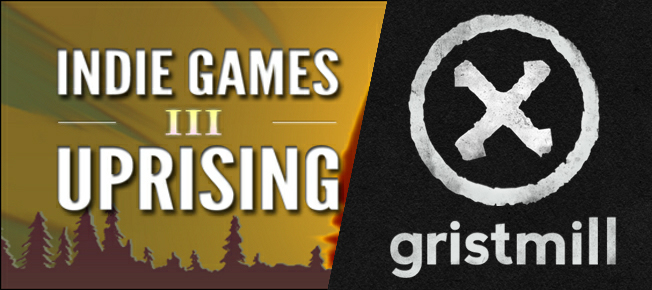
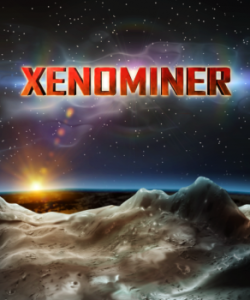
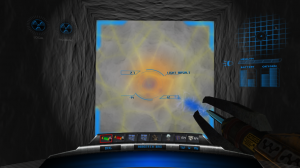
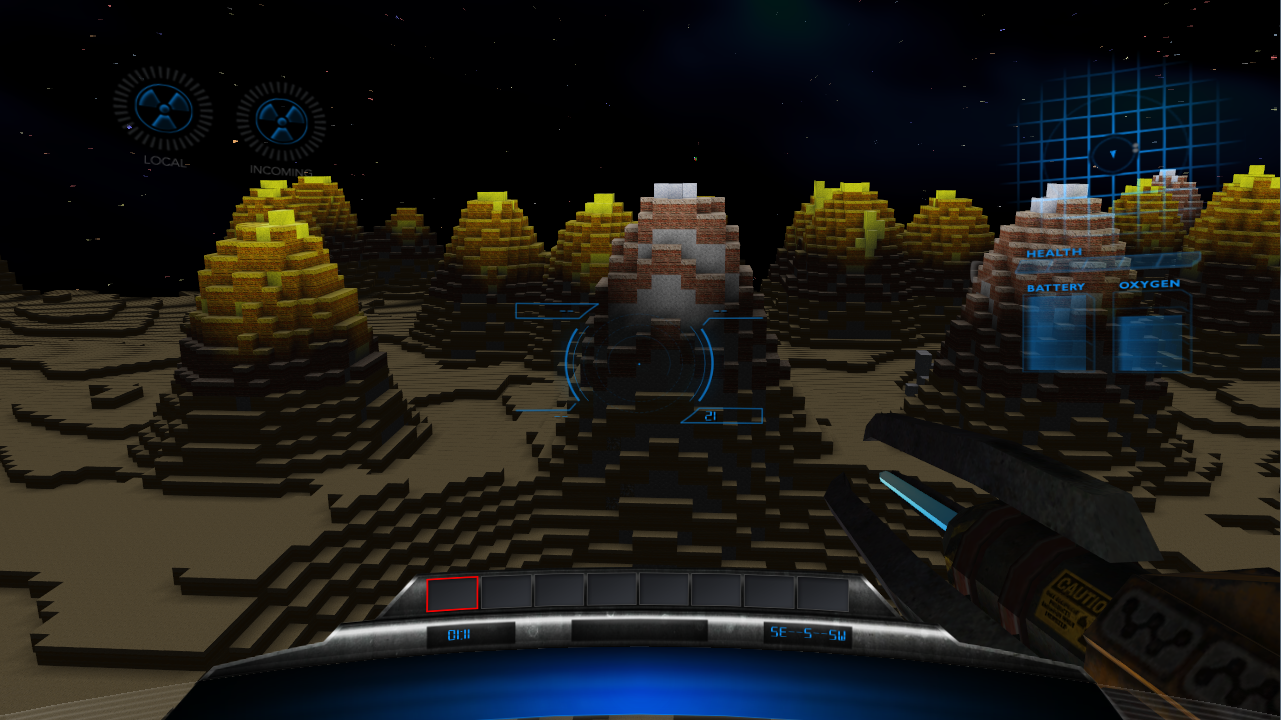

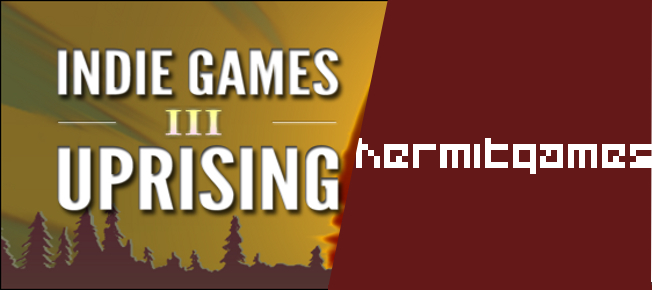
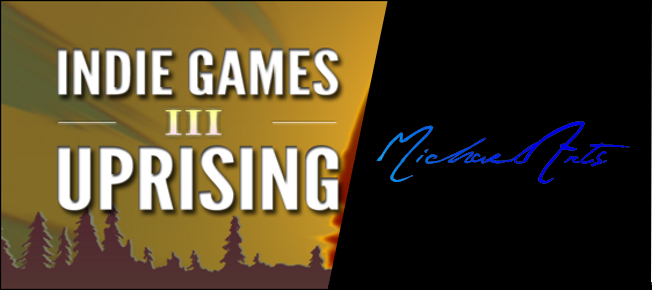
Trackbacks/Pingbacks
[...] Interview on The Indie Mine [...]